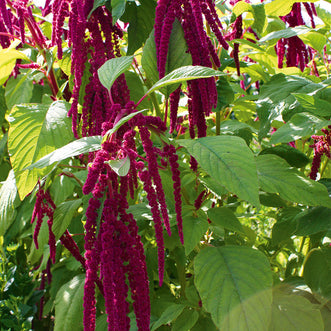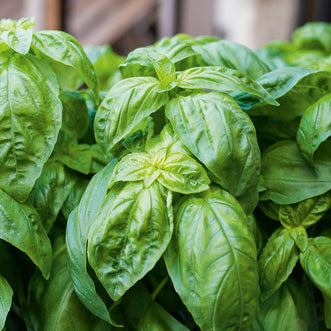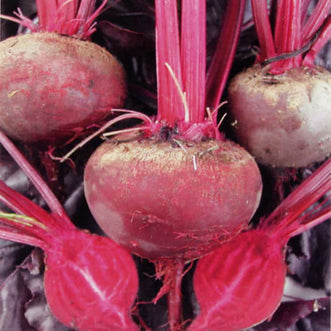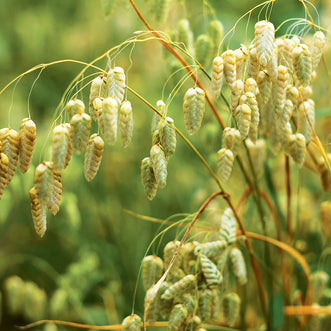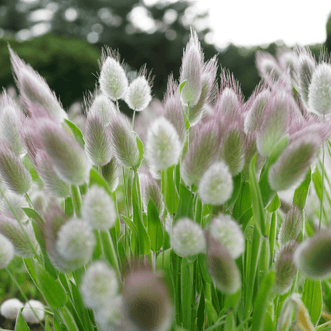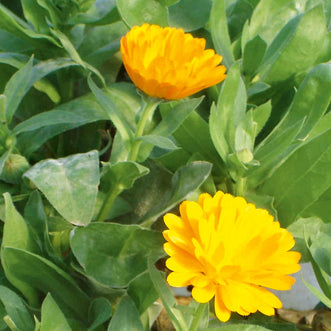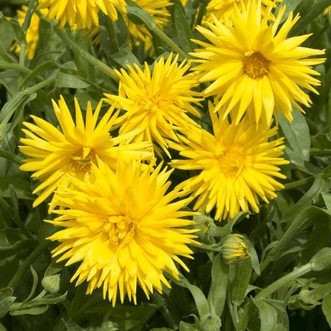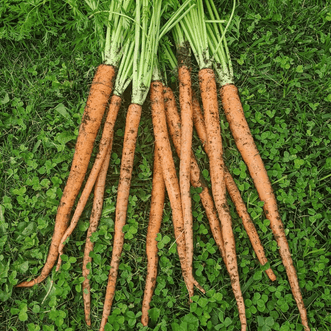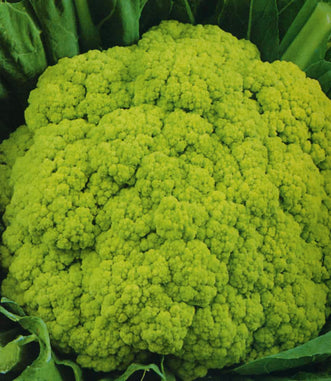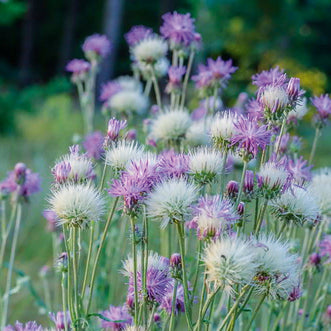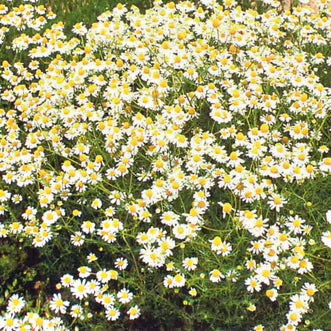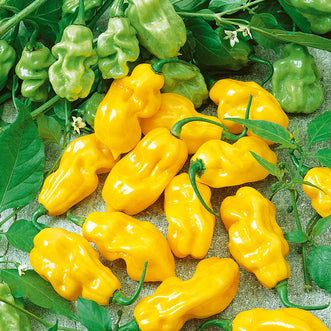
Medicinal Herbs
KarenHerbs provide an important source of natural healing options. The type of queries we receive indicate that people are becoming more and more aware of these options and are willing to explore the medicinal qualities of herbs, so we thought that in this blog post we would provide some info about some of the varieties of medicinal herbs we have available as seed.
CALENDULA
Parts Used: Flowers. Harvest either the whole flower tops or just the petals when the flower is fully open.
Calendula is used for its anti-fungal properties:
- inflammation of the skin due to infection, bruising, cuts, ulcers, minor burns, warts, eczema, haemorrhoids, shingles, chicken pox, measles, ringworm, athletes foot, insect bites.
- mouthwash for periodontal disease and mouth ulcers.
- internally for gastric and duodenal ulcers and indigestion.
- for enlarged and inflamed lymph nodes.
CHAMOMILE GERMAN
Parts Used: Flowers. Harvest when flowers are fully open.
German Chamomile is infused for drinking to aid:
- sleeplessness (calms the nervous system)
- digestion
- gum disease and mouth ulcers (use stronger infusion).
DANDELION
Parts Used: Roots, leaves and flowers. Harvest roots in autumn or spring and flowers and leaves any time.
Dandelion root helps with:
- improving liver function, digestion and relieves constipation and urinary problems
- chronic joint and skin inflammations
- high cholesterol
- acne, cellulite deposits and obesity.
Dandelion leaves are bitter and:
- stimulate digestion
- remove excess fluid, premenstrual fluid retention
- reduce blood pressure, poor circulation, arthritis and gout
- help alleviate morning sickness in pregnancy.
Dandelion flowers infused can be used:
- for oily skin, sunburn and insect bites.
ECHINACEA
Parts Used: Flowers and roots. Harvest root in autumn.
Echinacea is used for:
- bacterial and viral infections
- boils, sores, cuts and septicaemia
- gum disease
- infections of the nose, sinus, tonsillitis and laryngitis.
LAVENDER
Parts Used: Flowers. Harvest just before flowers open, between early summer and early autumn.
Lavender can be used for the following:
- headaches
- depression and nervous exhaustion
- to promote natural sleep
- aches and pains of rheumatism.
LEMON BALM
Parts Used: Foliage. Harvest when young shoots are 30cm long. Best used fresh.
Lemon Balm has calming qualities and is useful for:
- restlessness, tension, irritability, depression, nervous headaches, nervous nausea and insomnia.
- relieving digestive cramps
- infant colic
- heartburn, indigestion and flatulence
- cold sores (applied externally)
PEPPERMINT
Parts Used: Leaves and flowers. Harvest just before the flowers open.
Peppermint is used for:
- aiding digestion (poultice for stomach aches)
- chronic flatulence
- bloating, indigestion and colic
- vomiting due to travel sickness or pregnancy
- easing anxiety and tension (poultice for headaches)
- itching and inflammatory skin problems.
BORAGE
Parts Used: Leaves. Harvest when plant is starting to flower, but avoid doing so when the leaves are wet.
Borage has anti-inflammatory qualities and is useful for:
- restoring adrenal gland function after use of cortisone or steroids
- fevers
- to stimulate milk flow in nursing mothers.
ST JOHNS WORT
Parts Used: Flowers, stem and foliage. Harvest all of the plant above ground when in flower and dry as quickly as possible.
St Johns Wort has sedative and pain-reducing qualities good for:
- neuralgia, anxiety and tension
- menopausal changes causing irritability and anxiety
- depression
- fibrositis, sciatica and rheumatic pain
- wounds and bruising
- mild burns and sunburn.
BERGAMOT BEE BALM
Parts Used: Foliage and flowers. Harvest when flowers are fully open.
Bergamot Bee Balm has antibiotic and antiseptic compounds so is used for:
- sore throats
- to ease common cold symptoms
Herbs can be prepared in many ways - drying, teas, tonics, tinctures, ointments, to name a few. The field of herbal medicine is huge, with so many varieties of herbs and their holistic properties, especially when you start combining treatments. Before using any of these medicinally, we suggest you do your own research as to correct preparation to get the best from your herbs. Consulting a herbalist is also a great idea.






